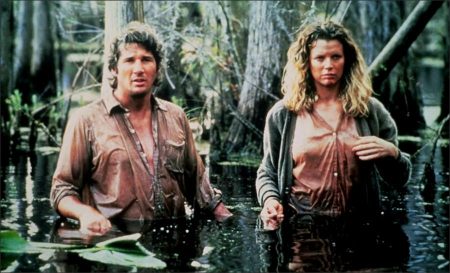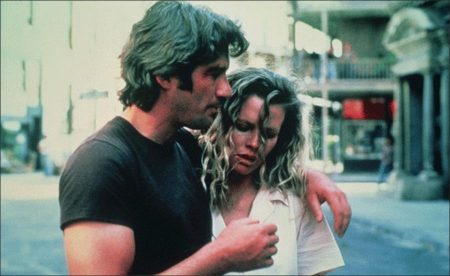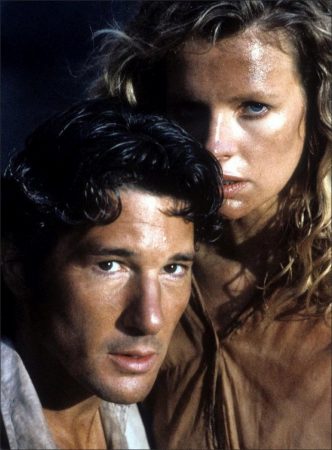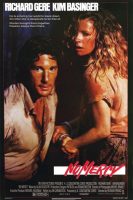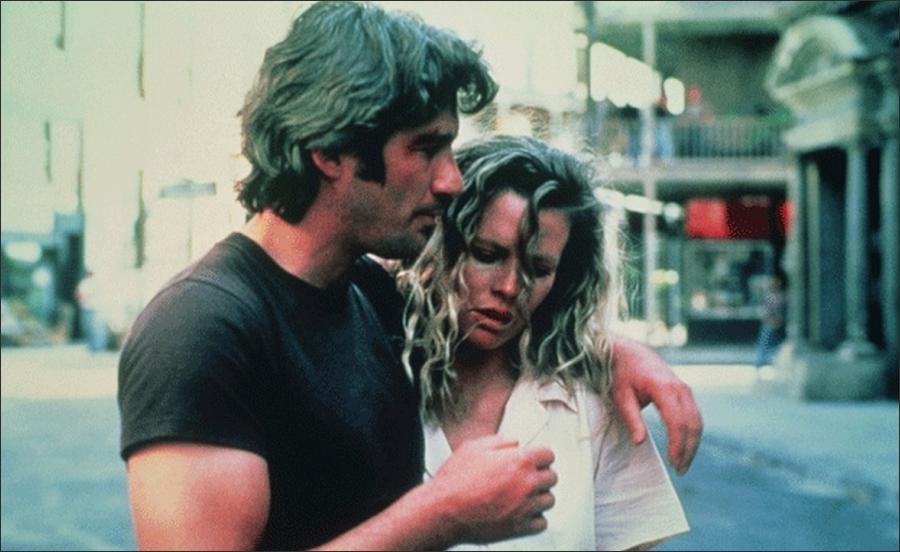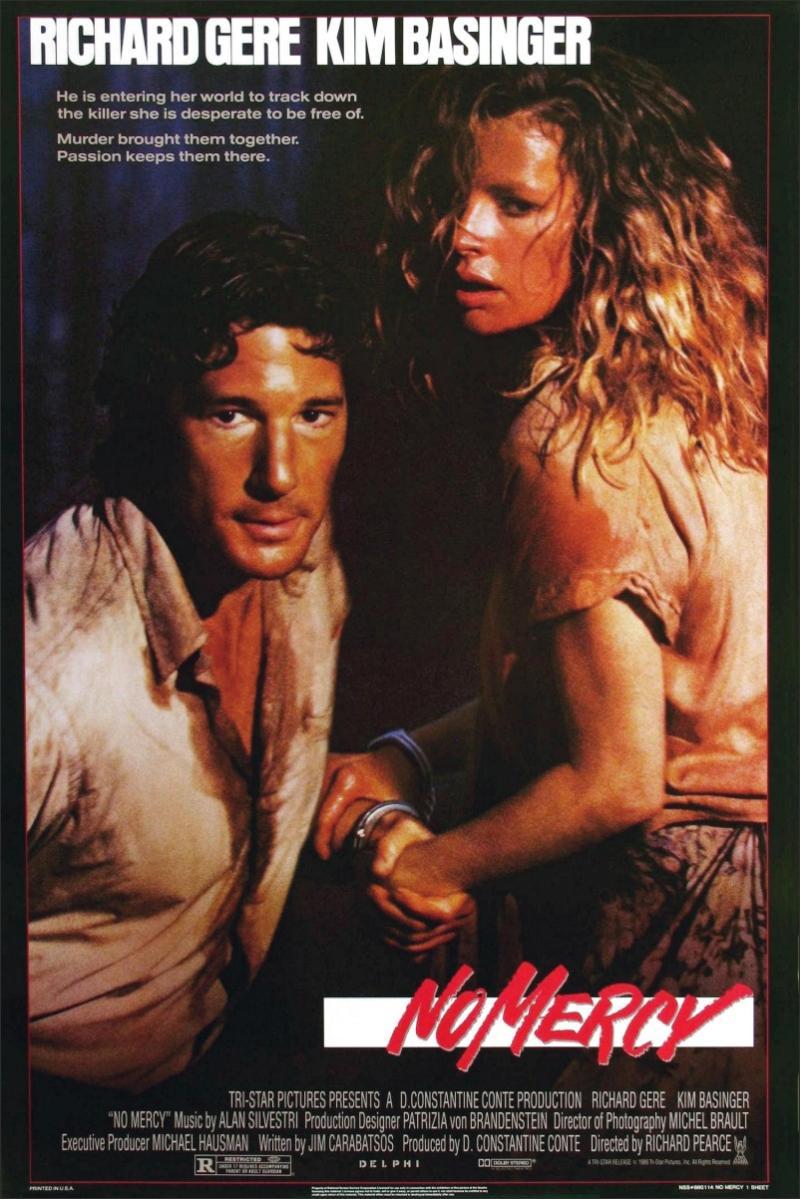No Mercy Movie Trailer. No American actor can match Richard Gere in making grandiose and often unreasonable claims for himself with each new role. From ”King David” to the remake of ”Breathless,” Mr. Gere has consistently demonstrated more confidence in his own magnetism than anyone else seems to feel. Yet there are times when the perception of Mr. Gere as a tough-talking, quietly mesmerizing figure, a man of keen and unpredictable longings, seems wholly justified, and his latest film is one of them. “No Mercy” is a passionate film noir that depends heavily upon Mr. Gere to give it credence, and Mr. Gere delivers.
“No Mercy,” which opens today at the Warner Twin and other theaters, casts the actor as Eddie Jillette, a Chicago policeman, and throws him into as many different settings and adventures as can be crammed into an hour and three-quarters. He is seen, for instance, working at a car wash, party-crashing at a mansion, working his way out of an underwater prison and roaming the Louisiana bayous with a beautiful captive handcuffed to his wrist. And that’s only the start of it. Excessive as it sometimes is, “No Mercy” also has energy to spare.
The screenplay was written by Jim Carabatsos, who also wrote “Heartbreak Ridge,” and demonstrates much the same flair for purplish dialogue (“Guy wants to go to Florida and retire with a bag of oranges in his lap”) and extravagant man-talk (“You cross me and I’ll personally grease the pole that slides you into a tub of…”). Mr. Carabatsos’ screenplay is also, even at its most glaringly attention-getting, very memorable, even when not entirely new. “I don’t know anything,” says a suspect whom Eddie is interrogating. “Day or night?” snaps Eddie. “What?” asks the suspect. “Is it day or night?” “Night.” “See? You do know something. Don’t you ever lie to me again.”
The story intertwines Eddie with a gorgeous, helpless woman (Kim Basinger) and an underworld kingpin who says he owns her (Jeroen Krabbe), not to mention a second man who is conspiring with the woman to kill the first; as such, it has echoes of Chandler and Hammett and particularly James M. Cain. The film treats as an endearing quality the fact that the woman, who as a one-man moll has had something of a sheltered upbringing, can scarcely write her name. But for all its 40’s throwbacks, “No Mercy” resists the temptation to pay paralyzing homage to that era. Its style is intense, suitably crazy, and distinctly its own.
The director, Richard Pearce, also directed “Heartland” and “Country,” neither of which explains his move to something as darkly convoluted as this. But Mr. Pearce does keep a tight rein on a plot that could easily go out of control, and he has cast the film especially skillfully, in a way that keeps it full of surprises. Miss Basinger, always voluptuous, has a chance to show off a more complicated range this time, and she and Mr. Gere are well matched.
And Mr. Krabbe makes a spectacularly sinister villain, striding through the film in a formidable big-shouldered stormcoat with his hair pulled back like a Japanese warrior’s. As a Louisiana gangster named Losado, Mr. Krabbe is called upon to address his victims as “my friend” and then disembowel them (off-camera) with a hunting knife. He manages to do this with remarkable sophistication and style.
The fine cast of supporting players includes Ray Sharkey, who does a great deal with the tiny role of a drug dealer; Gary Basaraba, as Eddie Jillette’s touchingly down-to-earth (and ill-fated) partner; Bruce McGill, as a New Orleans police lieutenant who’s none too pleased to have Eddie Jillette freelancing in his neighborhood, and Terry Kinney, as the man who foolishly teams up with Losado’s moll in an attempt to kill him.
Soon after this man’s predictable demise, Mr. Gere’s Eddie goes to visit William Atherton, who plays the dead man’s brother, and tells him about the moll, who has a blue parrot tattooed on her shoulder. “Tattoo?” Mr. Atherton asks drily. “I’m going to miss Paul. He was a very amusing man.” Also notable is Patrizia von Brandenstein’s production design, which gives the film an enjoyably lurid and varied look.
To be sure, ”No Mercy” borders on the noirishly absurd; how can it not, when its hero and heroine meet as they do? Mr. Gere, impersonating a professional killer, is sent to a restaurant with orders to look for a woman described as “a heartbreaker.” He identifies her immediately. She is arguing with her male escort, and Mr. Gere begins arguing with her, too.
Then he insults the other man for not being able to handle her better. Then he slaps her, leaving Miss Basinger looking shocked and the other man impressed. “I think we can do business,” the other man says admiringly. Miss Basinger then proceeds to fall in love with her assailant. A film that can hold its audience’s sympathies despite such posturing is a film to be reckoned with, one way or another.
No Mercy (1986)
Directed by: Richard Pearce
Starring: Richard Gere, Kim Basinger, Jeroen Krabbé, George Dzundza, Gary Basaraba, William Atherton, Marita Geraghty, Aleta Mitchell, Bruce McGill
Screenplay by: James Carabatsos
Production Design by: Patrizia von Brandenstein
Cinematography by: Michel Brault
Film Editing by: Gerald B. Greenberg, Bill Yahraus
Costume Design by: Hilary Rosenfeld
Set Decoration by: Derek R. Hill, Gretchen Rau
Art Direction by: Doug Kraner
Music by: Alan Silvestri
Distributed by: TriStar Pictures
Release Date: December 19, 1986
Views: 369
